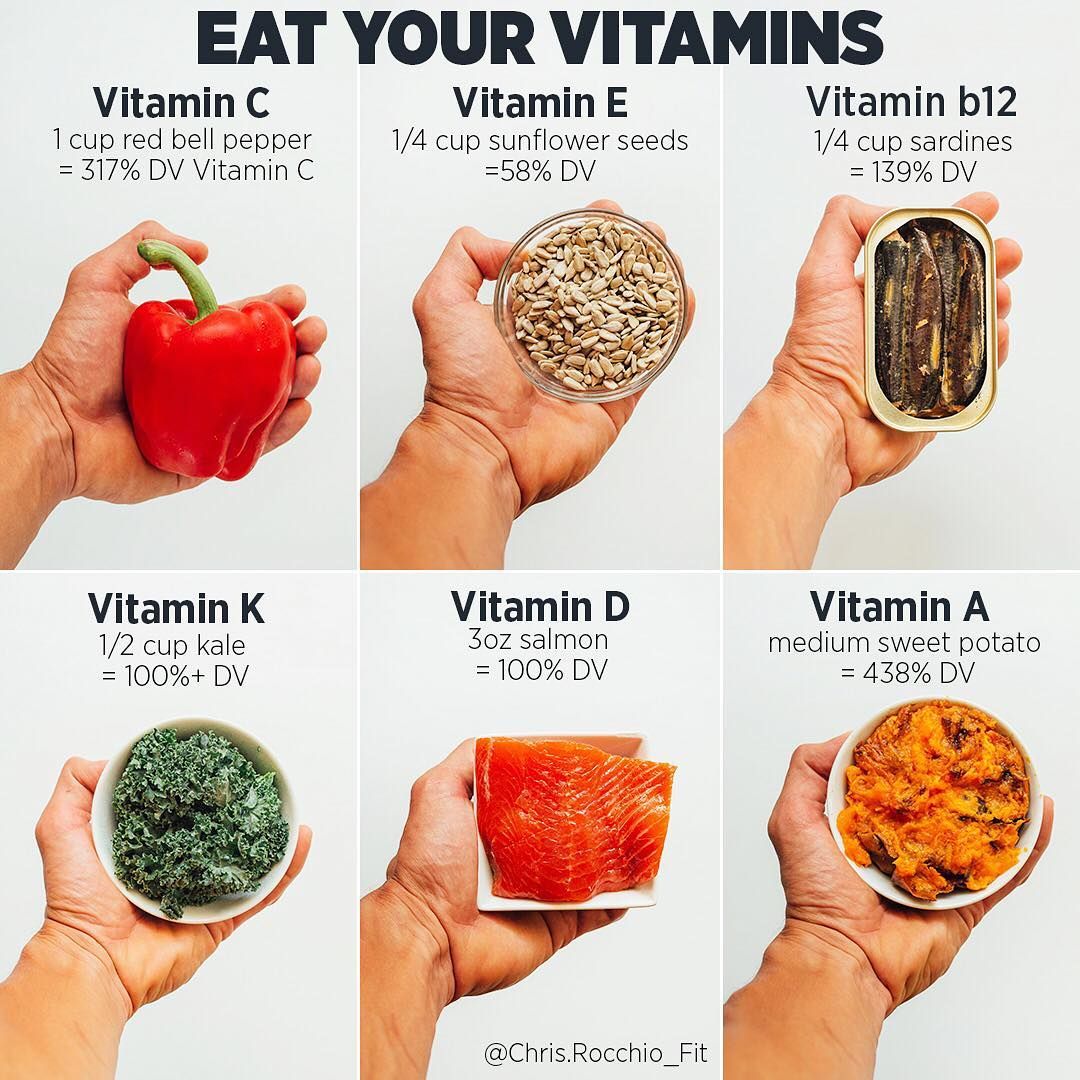Table of Contents

The Importance of Health Information Exchange
In today’s digital age, the exchange of health information has become crucial in providing efficient and effective patient care. Health Information Exchange (HIE) refers to the electronic sharing of medical data between different healthcare providers and organizations. This exchange allows healthcare professionals to access and share patient information securely, ensuring continuity of care and improved outcomes.
Enhancing Communication and Collaboration
Health Information Exchange facilitates seamless communication and collaboration among healthcare providers. With the ability to access a patient’s medical history, lab results, and treatment plans, doctors can make informed decisions and provide appropriate care. This real-time exchange of information eliminates the need for manual data entry, reducing the risk of errors and improving patient safety.
Improving Care Coordination
One of the primary goals of Health Information Exchange is to improve care coordination. With HIE, healthcare providers from different specialties and settings can easily access and share patient information. This enables them to work together, create comprehensive care plans, and ensure that patients receive the right treatment at the right time. Improved care coordination leads to better patient outcomes and reduced healthcare costs.
Ensuring Privacy and Security
Privacy and security are paramount when it comes to Health Information Exchange. Strict protocols and regulations are in place to protect patient data from unauthorized access and breaches. Encryption techniques and secure networks are used to ensure that sensitive information remains confidential. By implementing robust security measures, healthcare organizations can build trust with patients and encourage participation in HIE.
The Benefits of Health Information Exchange
Health Information Exchange offers numerous benefits for healthcare providers, patients, and the overall healthcare system. Some of these benefits include:
Efficiency and Time Savings
With Health Information Exchange, healthcare providers no longer need to spend time and resources on manual data entry and faxing medical records. Electronic exchange of information allows for quick access to patient data, reducing administrative burden and streamlining workflows. This efficiency leads to time savings, allowing healthcare professionals to focus more on patient care.
Improved Patient Safety
Health Information Exchange plays a crucial role in improving patient safety. By having access to a patient’s complete medical history, including allergies, medications, and previous diagnoses, healthcare providers can make more informed decisions. This reduces the risk of medication errors, duplicate tests, and unnecessary procedures, ultimately enhancing patient safety and reducing adverse events.
Reduced Healthcare Costs
Health Information Exchange contributes to cost savings in the healthcare industry. By eliminating duplicate tests and unnecessary procedures, healthcare providers can avoid unnecessary expenses. Additionally, streamlined workflows and improved care coordination lead to more efficient care delivery, reducing overall healthcare costs. HIE also allows for better management of chronic conditions, reducing hospital readmissions and associated costs.
Empowering Patients
Health Information Exchange empowers patients to take an active role in their healthcare. Patients can access their medical records, test results, and treatment plans online, enabling them to make informed decisions about their care. This increased transparency and engagement can lead to better patient satisfaction and improved health outcomes.
Conclusion
Health Information Exchange is transforming the way healthcare is delivered. By facilitating the secure exchange of medical data, HIE improves communication, enhances care coordination, and ultimately leads to better patient outcomes. With the benefits it offers, Health Information Exchange is a vital component of the modern healthcare system.



